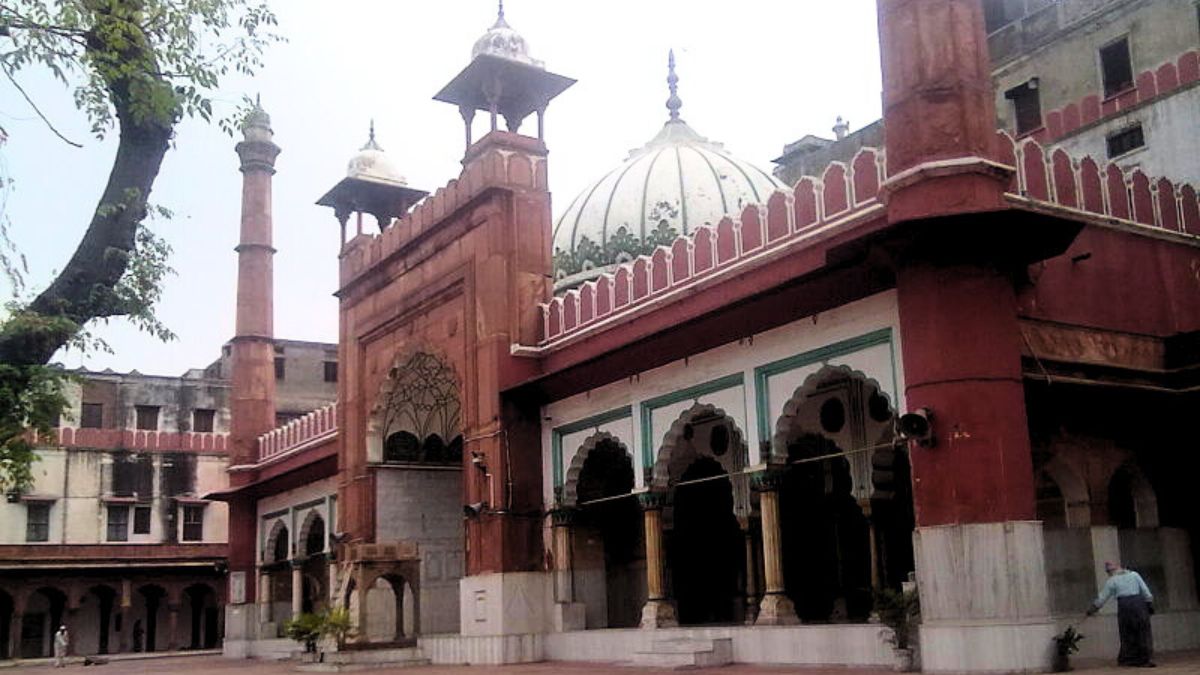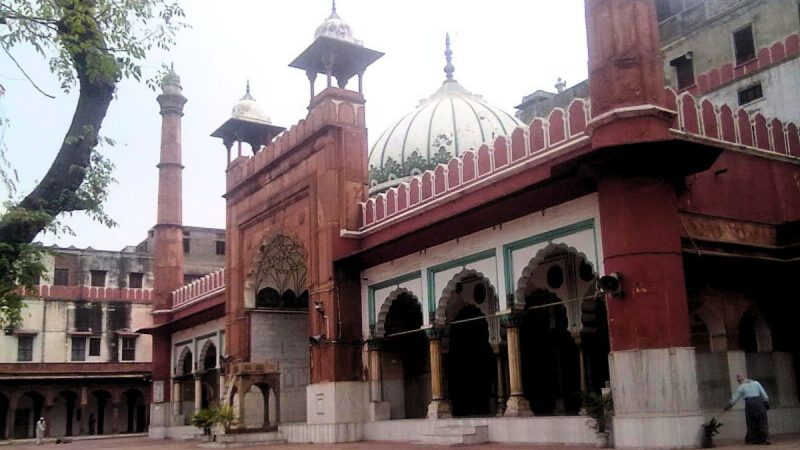Visiting the magnificent Jama Masjid during the sunset is such a serene moment; it doesn’t matter if it is during the winter or summer! Later, walking into the ever-flowing crowds of Chandni Chowk to grab a plate of kebabs is always worth the hassle. But that is the beauty of life in Old Delhi! Were you aware that there is a smaller replica of the iconic Jama Masjid, just right near the original one? It is an 18th-century mosque in Daryaganj and named after Emperor Aurangzeb’s daughter! Almost a hidden gem, let’s explore and know why she named it after herself.
Zeenat-ul-Masajid Is Daryaganj’s 18th-Century Mosque
After 1857, the British took over the mosques in Shahjahanabad. Jama Masjid was used as a barrack and portions of Fatehpuri were auctioned. Zeenat-ul-Masajid at Daryagunj was converted into a bakery! Here’s Zeenat ul Masajid in 1858 and 2021. #DelhiHistory #DelhiHeritage pic.twitter.com/44E4aUMQg4
— Worah | #WalkingInDelhi (@psychedelhic) November 25, 2021
Daryaganj’s Zeenat-ul-Masajid is an 18th-century historic structure that very much resembles the iconic Jama Masjid in Delhi. Starting from the red sandstone to the three marble domed arches with black stone stripes and tombs, it can easily pass as the small version of the beautiful Jama Masjid. If you enter through the main entrance, then you will spot an inverted lotus design. The main monument’s and the gateway’s angular designs are particularly striking.
Speaking further about Zeenat-ul-Masajid’s construction, it features seven arches, with the main one, as always, at the centre. The measurements of the mosque are 150×60 feet, with seven scalloped arched entrances that face the east. Unfortunately, with time, the glory of this mosque in Daryaganj has lost its shine.
Also Read: 7 Upcoming Events In Delhi-NCR You Have To Attend In March
Why Was It Named After Emperor Aurangzeb’s Daughter?
My favorite
Zeenat ul masajid
Shahjahanabad #mosquesofindia pic.twitter.com/w2hSNOj1ag— Rana Safvi رعنا राना (@iamrana) November 15, 2019
It was the year 1707 when this Daryaganj’s mosque was commissioned by its namesake, Princess Zeenat-un-Nisa, the second daughter of Emperor Aurangzeb and his wife Dilras Begum. Since then, it has been named Zeenat-ul-Masajid. Coming back to Princess, her name meant beauty among women and the name of this mosque meant beauty among mosques! It seems like she really wanted an extension of herself in the form of a beautiful mosque.
This mosque also has another name, ‘Ghata Masjid’ which translates to a cloud mosque in Hindi. This is also an ode to the fact that the dome has black and white strips, that resemble monsoon clouds. Such a pretty sight it would be when the actual monsoon clouds roll over this monument!
In 1847, this was turned into a bakery under British rule for British officers. In fact, this space was also used as a school for a brief period. Urdu and Persian languages were taught to the children of the poor. Rana Safvi wrote in her book ‘Shahjahanabad: The Living City of Old Delhi’ that Princess Zeenat-un-Nisa was buried in the north of Zeenat-ul-Masajid which was later demolished by the British.
Also Read: Delhi Tourism Is Hosting A Walk Festival At Qutub Minar, Red Fort & More; Explore Delhi’s History
Now that you know all about this hidden gem, you should definitely visit this historical beauty.
Cover Image Credits: Wikimedia Commons
For more such snackable content, interesting discoveries and the latest updates on food, travel and experiences in your city, download the Curly Tales App. Download HERE.
First Published: March 12, 2024 11:46 PM




